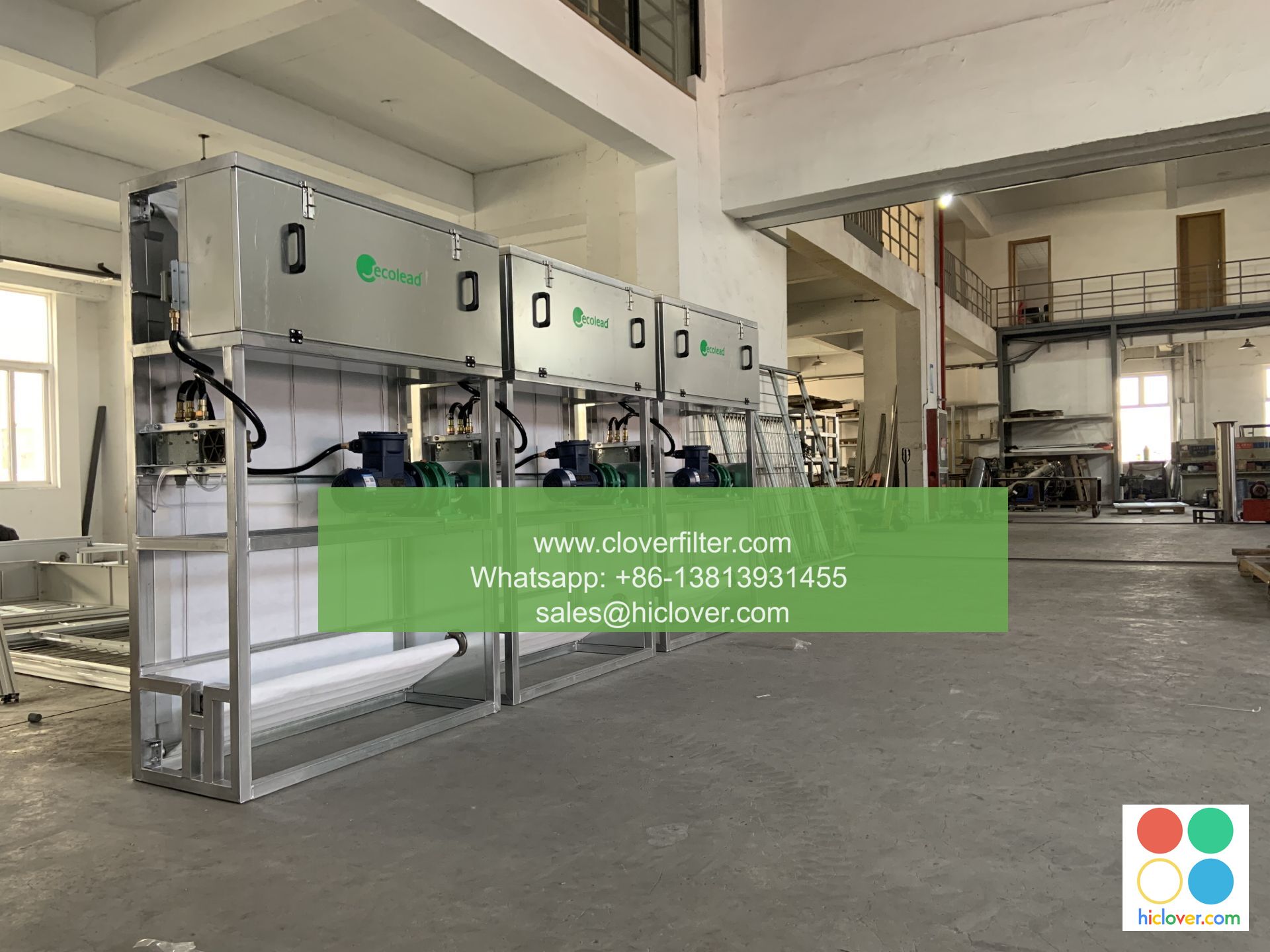Debunking Air Filter Marketing Claims: Myths vs Realities

Debunking Air Filter Marketing Claims: Myths vs Realities
As we all know, air filters play a crucial role in maintaining indoor air quality (IAQ) and overall health. However, with the vast array of products and claims available in the market, it can be challenging to separate fact from fiction. In this article, we’ll delve into the most common air filter marketing myths and reveal the realities behind them, highlighting key application areas and industry trends.
Myth #1: HEPA Filters Are the Only Answer to All Air Quality Issues
Reality: While High-Efficiency Particulate Air (HEPA) filters are effective at capturing 99.97% of particles as small as 0.3 microns, they are not the best solution for all air quality issues. Other types of filters, such as activated carbon and chemical-based filters, may be more effective for specific applications, such as odor control or VOC removal.
Key Application Area: Industrial and Commercial Spaces
Myth #2: " Activated Carbon Filters Are Only for Smell Control"
Reality: While activated carbon filters are indeed effective at removing organic compounds and odors, they also possess antimicrobial properties and can be used to capture particulate matter, including viruses and bacteria.
Key Application Area: Healthcare and Hospitality Industry
Myth #3: "High MERV Ratings Mean Better Performance"
Reality: The Minimum Efficiency Reporting Value (MERV) rating system is useful for evaluating filter performance, but it’s not the only consideration. Other factors like filter material, design, and installation also impact overall performance. A higher MERV rating may not necessarily translate to better performance in all situations.
Key Application Area: Residential and Commercial HVAC Systems
Myth #4: "Electrostatic Filters Are the Most Efficient"
Reality: While electrostatic filters have shown promise in laboratory tests, their real-world performance is often compromised by factors like airflow rates, filter material, and installation quality. Other filter types, like HEPA or activated carbon, may be more effective in certain applications.
Key Application Area: Residential and Industrial HVAC Systems
Myth #5: "UV Lighting Is a Substitute for Air Filtration"
Reality: Ultraviolet (UV) lighting is an effective method for disinfecting surfaces and inactivating bacteria and viruses, but it is no substitute for air filtration. Air filters remain necessary for capturing particulate matter, gases, and volatile organic compounds (VOCs).
Key Application Area: Healthcare and Hospitality Industry
Conclusion:
When it comes to air filters, it’s essential to separate fact from fiction. By understanding the realities behind air filter marketing claims, facility managers, and building owners can make informed decisions about the most effective solutions for their specific applications. Whether it’s residential, commercial, or industrial settings, a comprehensive approach to air quality management should consider a variety of filter types, installation, and maintenance practices to optimize indoor air quality and overall health.
Additional Resources:
- American Society of Heating, Refrigerating, and Air-Conditioning Engineers (ASHRAE) standards for indoor air quality (IAQ)
- U.S. Environmental Protection Agency (EPA) guidelines for indoor air quality
- International Association of Araneid Clubs and Societies (IAACS) guidelines for air filter selection and installation
I’m happy to help! What would you like to talk about or ask? I’m here to listen and provide information.

